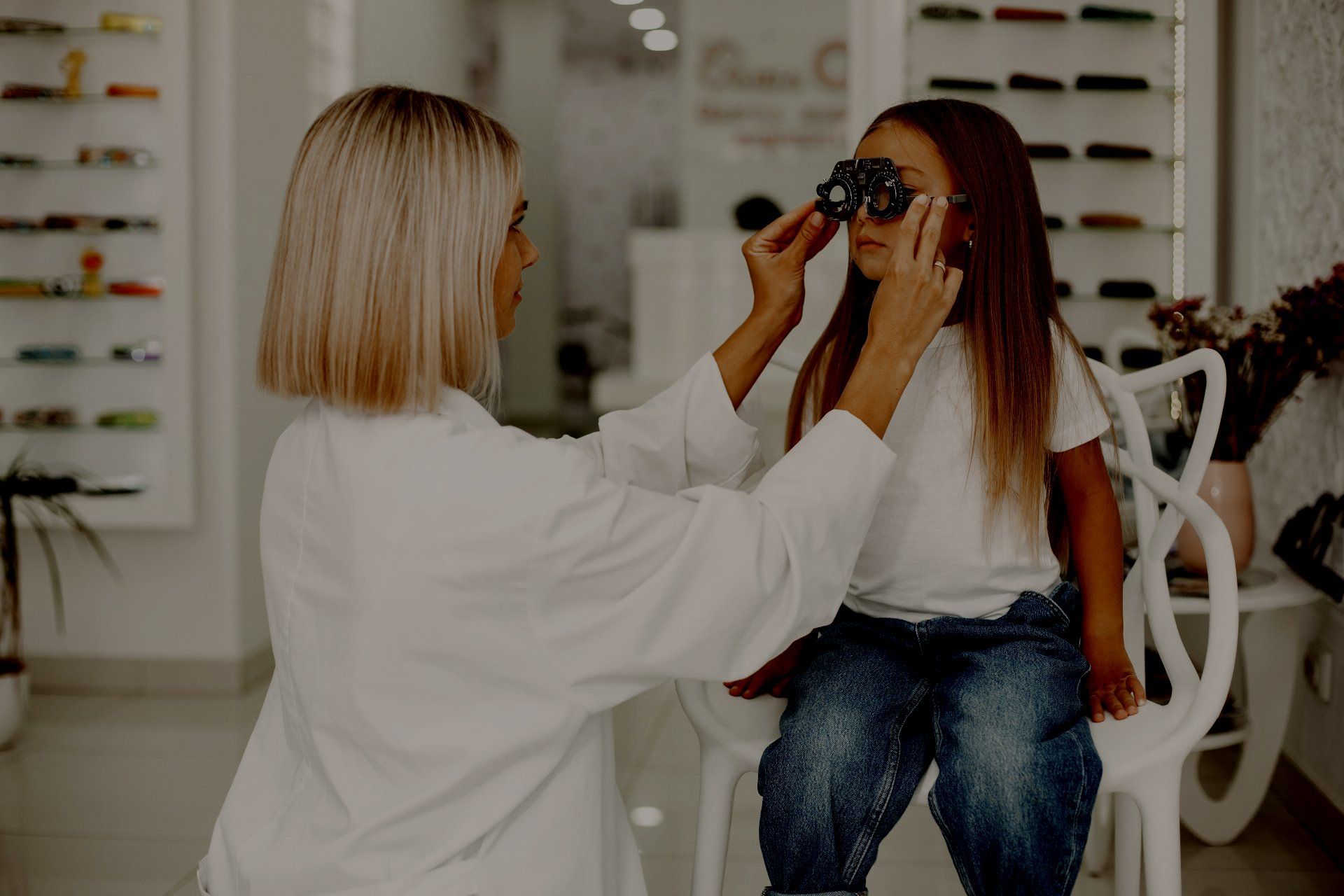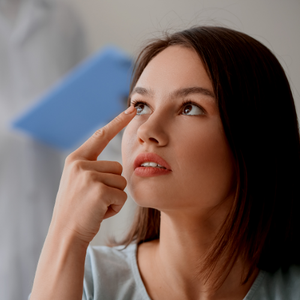South Jersey Eye Associates
Eyecare At Its Best
premium eyewear products & designer brands.
Specialty Eyewear & Contact Lenses in South Jersey
Once you know what kind of eyewear your vision needs require, it’s time for the fun part! South Jersey Eye Associates wants to help you find the perfect lenses and frames. We’re proud to carry superior eyewear products that will give you sharp, clear, and comfortable vision. Choose from our wide selection of designer frames and progressive lenses. Just a few of the brands we carry include Michael Kors, Oakley, RayBan, Kate Spade, Coach, and more.
REAL stories. real results.
Testimonials
J.R.
SJEA in Bridgeton
"For the first time visiting this place, I’m amazed at the kindness of everyone. Starting with the appointment scheduler, to the receptionist, to the techs, the doctor, and the person measuring the eye glasses⎯they were super kind with a great attitude. Love the care that all of them took to answer every question I had. I would recommend South Jersey Eye Associates in Bridgeton 100%."
B.P.
SJEA in Millville
"The entire experience was excellent from start to finish! The receptionist that received my call was pleasant, professional and welcoming. Dr. Miletta, was very knowledgeable and thorough throughout the visit. I went to this office on the recommendation of a friend and I will not see another OD."
J.F.
SJEA in Bridgeton
"Went as a new patient to this practice yesterday. Everyone I encountered was so happy and welcoming (which unfortunately is so rare anymore). It seemed like they all enjoyed being there and that made the entire environment such a pleasant one! Maribel gave me the vision test and took pictures of my eyes. She was very kind! I saw Dr. Chappius after that, who was also very kind. He was very thorough and made sure to explain everything in depth! There's a reason they have such a high Google rating! Highly recommend them!"
S.L.
SJEA in Millville
"My husband and I had a great experience at South Jersey Eye Associates! Booking the appointments was very simple. The receptionist was able to book my husband and me concurrent appointments, which was a big win. Additionally, all fees were disclosed up front so my husband and I were appropriately prepared for the expected costs. All staff, including Dr. Miletta, were kind, courteous, and helpful. My husband received a new prescription for glasses and a staff member (a lovely woman whose name I didn’t catch) assisted my husband in finding frames that fit comfortably and suited his face. We look forward to returning again and will definitely recommend to friends and family."
vision library.
Eye Blog

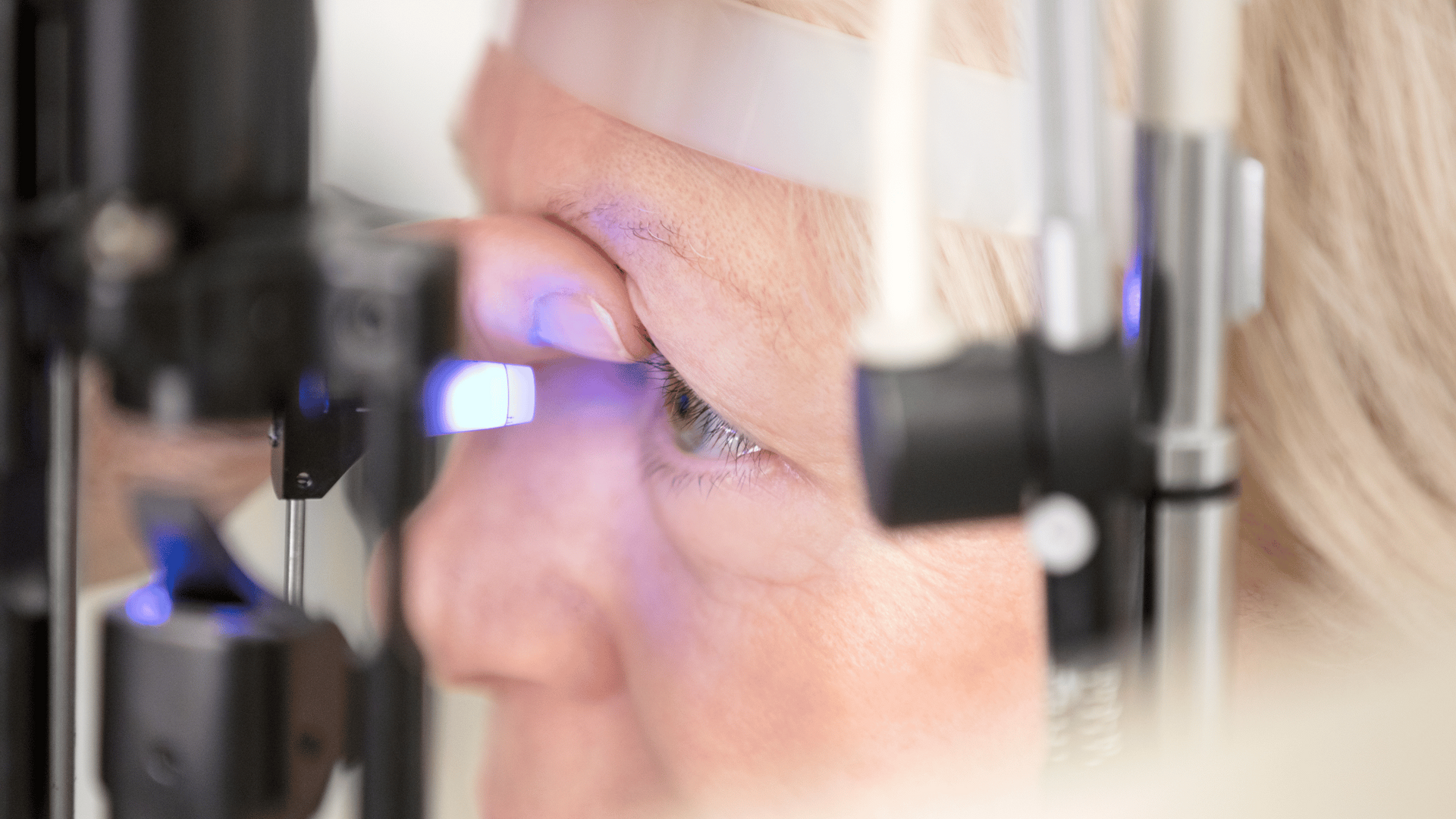




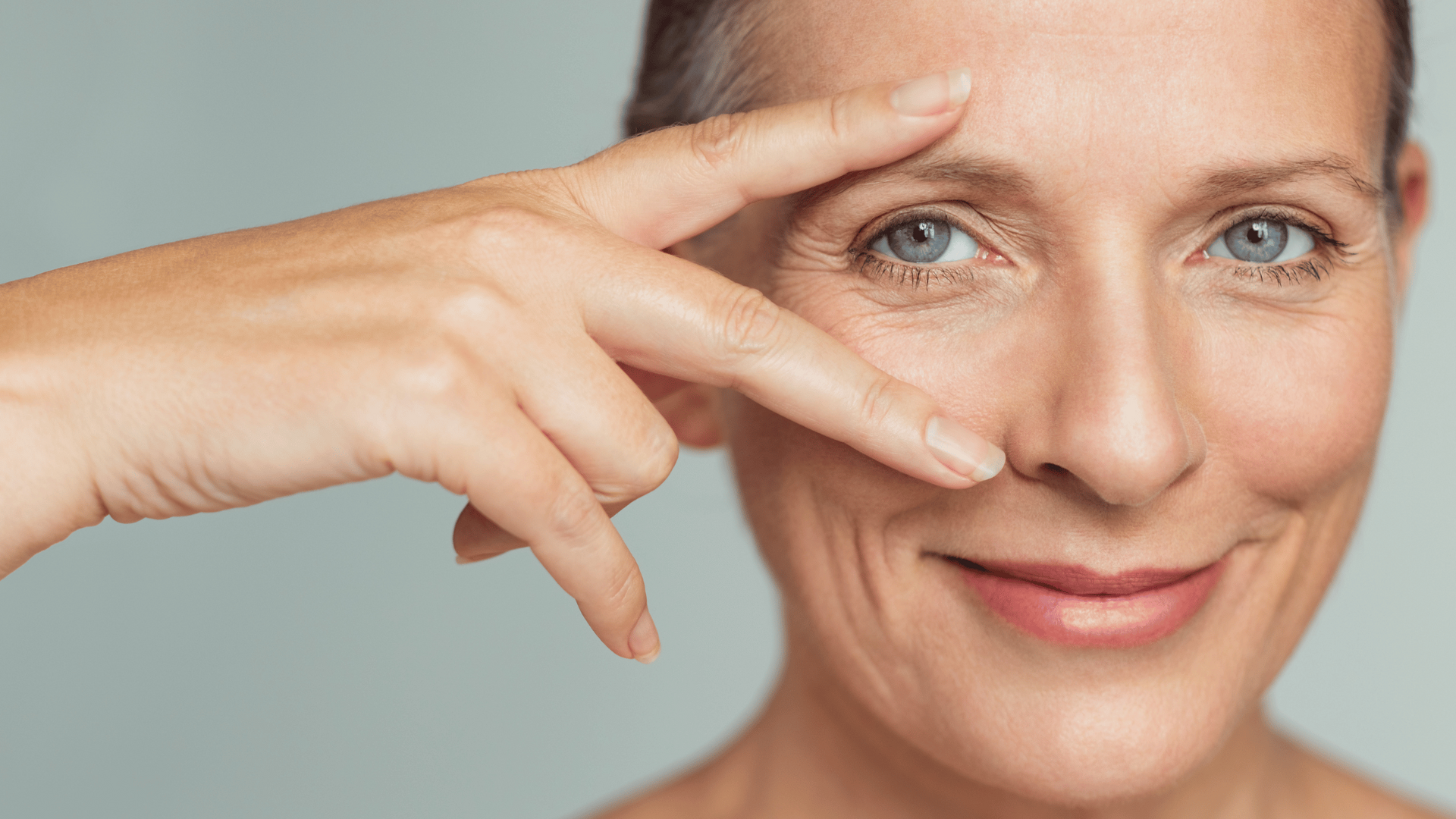
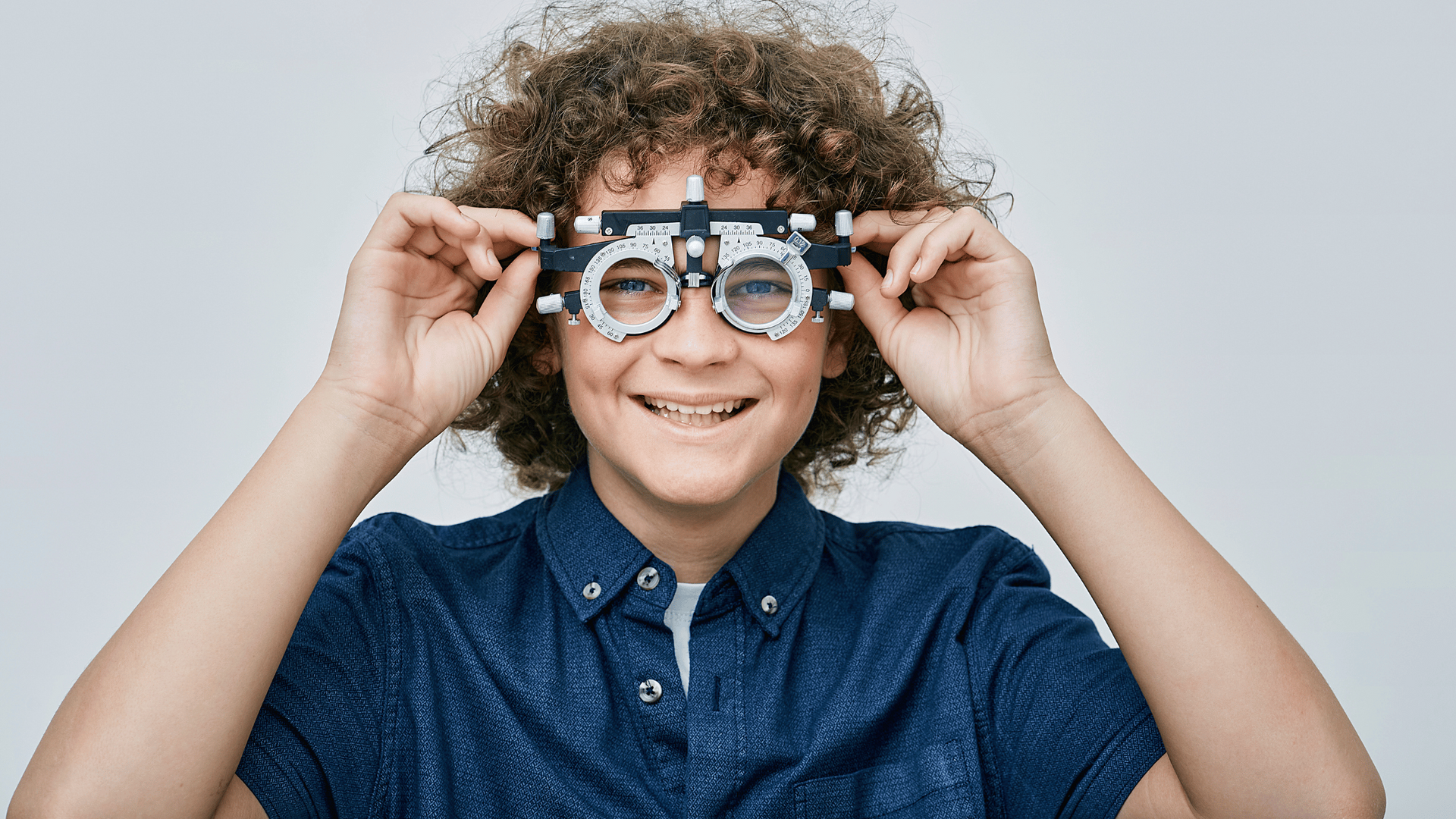

a glimpse into south jersey eye associates.
Photo Gallery
Coming soon...

